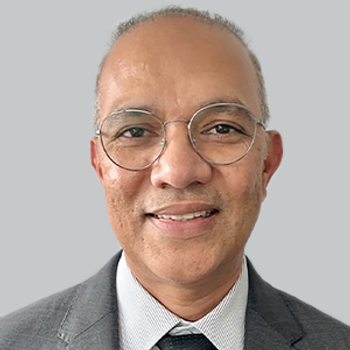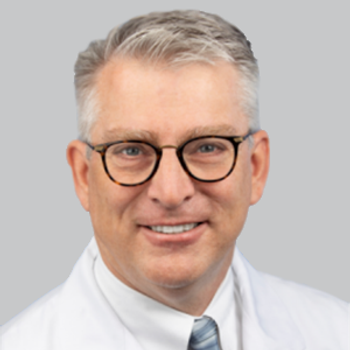
Burnout Among Healthcare Providers Affects Worker Quality of Life and Reduces Quality of Patient Care
Many programs and activities at the 2023 CMSC Annual Meeting focused on burnout prevention and supporting the current and future MS care workforce.
Burnout in the medical professions is a significant problem, and this fire is continuing to spread. The COVID-19 pandemic contributed to unprecedented levels of burnout across many health care disciplines and medical specialties. Several programs at the 2023 Consortium of Multiple Sclerosis Centers (CMSC) Annual Meeting were devoted to combatting burnout, including a session directed toward women in the multiple sclerosis (MS) care professions and another focusing on building the MS workforce of the future.
In a symposium delivered by Cleveland Clinic-based MS professionals Amy Sullivan, PsyD, and Carrie M. Hersh, DO, MSc, on Thursday June 1, 2023, the speakers described the chain of events that lead to burnout and led the audience through a process-oriented session on managing burnout in the healthcare professions. “We go into medicine because we are empathetic, caring individuals who want to make a difference,” Sullivan said. “That does not stop when we become burned out; however, our inability to process our emotions, especially grief, puts us at high risk for burnout.”
Significance of Burnout
Statistics reveal a recent rise of burnout and job dissatisfaction among medical professionals.
- A study by the American Medical Association, Mayo Clinic, and Stanford Medicine showed that self-reported burnout among physicians jumped to a whopping 63% in 2021, from 38% the prior year.
- In an American Nurses Foundation survey of 12,581 nurses, 57% said they had felt “exhausted” over the past 2 weeks, and 43% said they felt “burned out.”
- Other data show that nurses are leaving the profession in alarming numbers. In a survey of 1000 nurses by staffing organization ConnectRN, 50% said they were considering leaving their jobs.
The struggle for work-life balance is a key factor leading to burnout that tends to affect women disproportionally. Many studies show higher burnout rates among women, with about 51% of women physicians reporting burnout in 2021 compared with 36% of men physicians.
Managing Burnout in the Health Professions
The symposium speakers reviewed 3 key components of burnout:
- Emotional exhaustion: fatigue stemming from caring too much for too long
- Depersonalization: depletion of empathy, caring, and compassion
- Decreased sense of accomplishment: unconquerable sense of futility and the feeling that nothing you do makes any difference.
In addition to job attrition and reduced job performance, burnout can have a negative effect on patient care and safety, health care provider well-being (including risk for mood disorders and suicide), and interpersonal relationships, Sullivan said. The pandemic heightened the problem by forcing everyone in healthcare to quickly adapt to unpredictable and rapidly changing infection control practices coupled with an abrupt transition to telemedicine platforms.
Beyond the individual caregiver, recognizing and mitigating burnout needs to be addressed at the institutional level, the speakers explained. Organizational issues that cause or exacerbate burnout include a negative workplace culture and staffing shortages. While these factors can be challenging to address in the face of budgetary restraints, it is essential to recognize the institutional role in burnout and the negative impact on staff turnover and, ultimately, quality of patient care.
Individual Tips for Burnout Prevention
Burnout can be insidious, pervasive, and intrusive. To help slow the growth of burnout, Hersh urged attendees to “take some time to pause, pivot, reflect, and reframe.” A key factor in combatting burnout is setting boundaries, Hersh explained. “Remind yourself that it is okay to not take on everything,” she said. On an ongoing basis, be aware of the “mindless yes” versus “the mindful no,” she explained, adding that, “It’s okay to say no in order avoid overburdening yourself.”
Removing oneself from work can be a challenge, Hersh admitted, especially given the ever-present “umbilical cord” provided by cell phones and laptop computers that allows for checking messages in the grocery store line or logging in during family time at home. “This is an obvious mismatch of work burden and self-care,” she said.
Finally, she urged the audience to stop apologizing. “We have nothing to apologize for,” Hersh stressed. “Apologizing makes us look like we have something to be sorry about.” A final take-home message was a challenge to the attendees to invest time in themselves, if even for just 30 minutes every day. Commitment to self-care is one step toward burnout prevention that is essential for everyone to practice, the speakers stressed.
Newsletter
Keep your finger on the pulse of neurology—subscribe to NeurologyLive for expert interviews, new data, and breakthrough treatment updates.






























